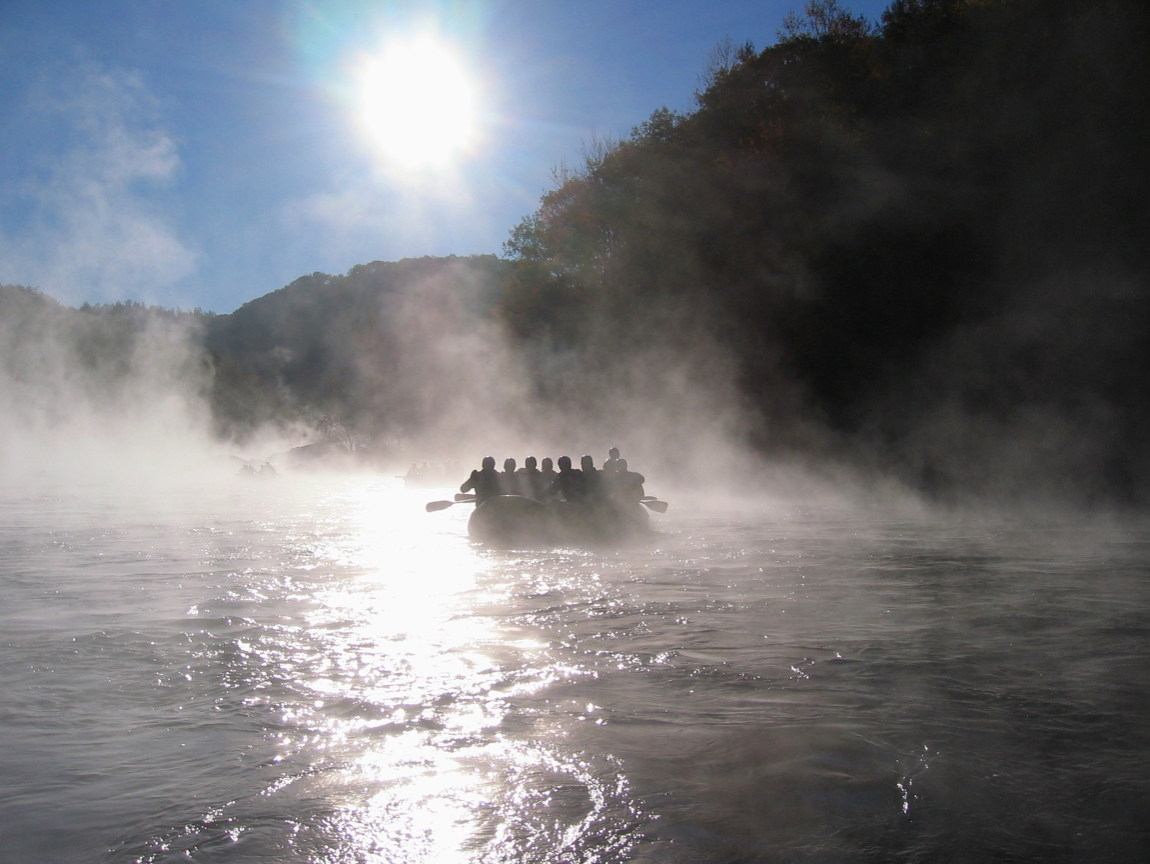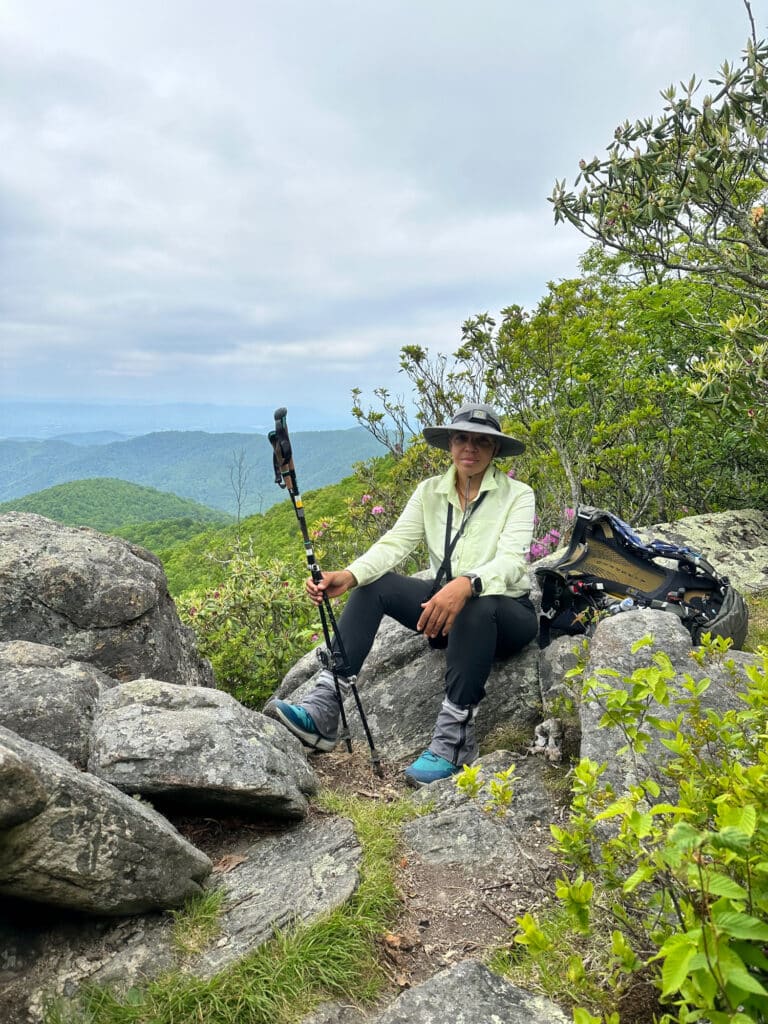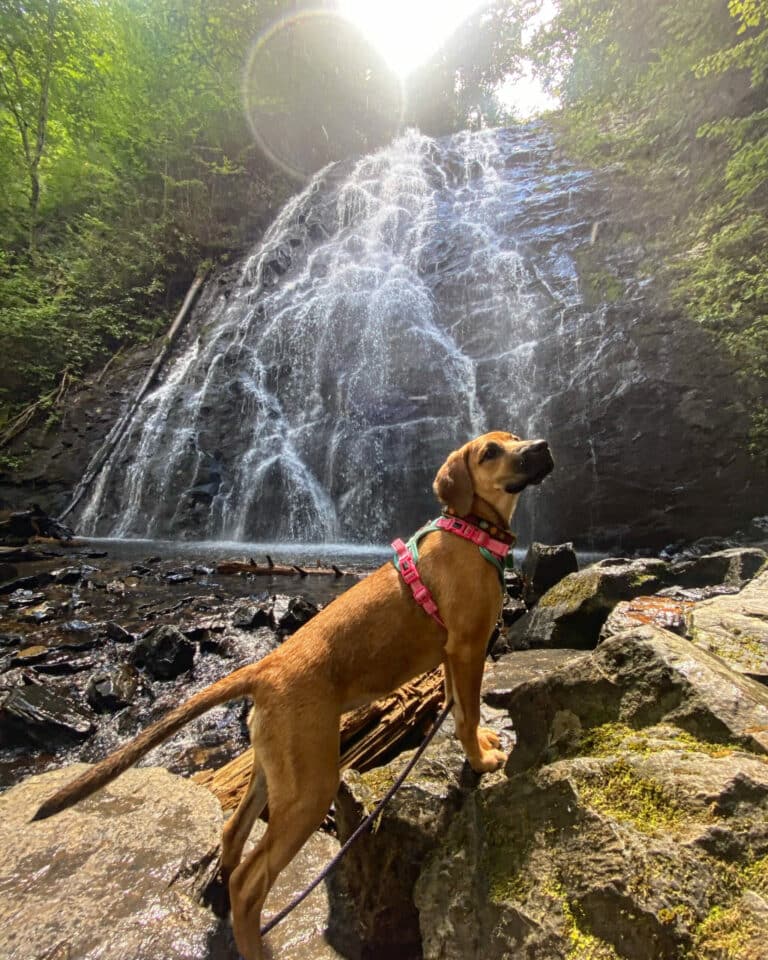Paddling is a unique and rewarding opportunity to experience the landscapes of nature. Watery trails snake through the wilderness, allowing outdoor enthusiasts to explore the beauty around them in a very organic way. In the spring, waterways are often swollen with fresh rain and white water routes are begging for a challenger. In the summer, paddling provides a great way to stay cool while experiencing an outdoor adventure. Even in the winter time there are amazing adventures to be had in places like Congaree National Park, a Lowcountry swamp that is best avoided in summertime but beautiful nonetheless.
1. Obed Wild and Scenic River, Tennessee
The experienced kayaker will find themselves drawn to the white rapids of the Obed Wild and Scenic River. Composed primarily of four streams – the Obed, Clear Creek, Daddy’s Creek and the Emory River – this NPS river offers both heart-pounding rapids and relaxing floats. At the rapids, elements of unpredictability such as hydraulics, navigating boulders, and waves known to build to heights of over ten feet will give seasoned paddlers the challenge they’ve been looking for. Daddy’s Creek Canyon is a two-mile-long canyon with swift class III – IV rapids that leads down to class II all the way to the Obed. The Clear Creek section has the cleanest water and the smoothest paddling opportunities. For the novice paddler, the stretch between Barnett Bridge and Jett Bridge is a popular spot.
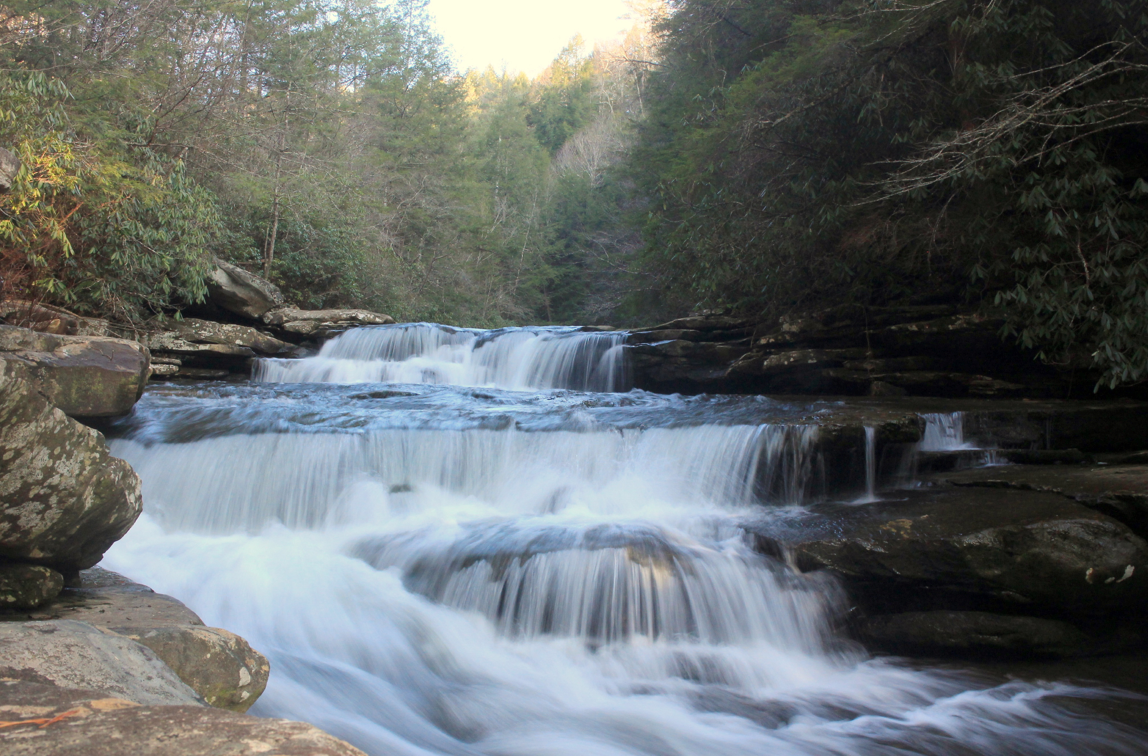
2. Chattahoochee River, Georgia
The Chattahoochee River is a popular place for paddlers to launch their canoes and kayaks and enjoy the day. Some paddlers, such as Robert Fuller, even see The Hooch as a chance to explore the entire length of the river system, from its source spring in North Georgia to the Gulf of Mexico, all in one go. But anyone can break down your paddling trip into segments, as there are several put ins along the river. The stretch from Buford Dam to Abbotts Bridge is a 13-mile section that will likely take about five to eight hours. A great short trip would be the stretch from Abbotts Bridge to Medlock Bridge, or from Medlock Bridge to Jones Bridge. Those sections only take about one to two hours.
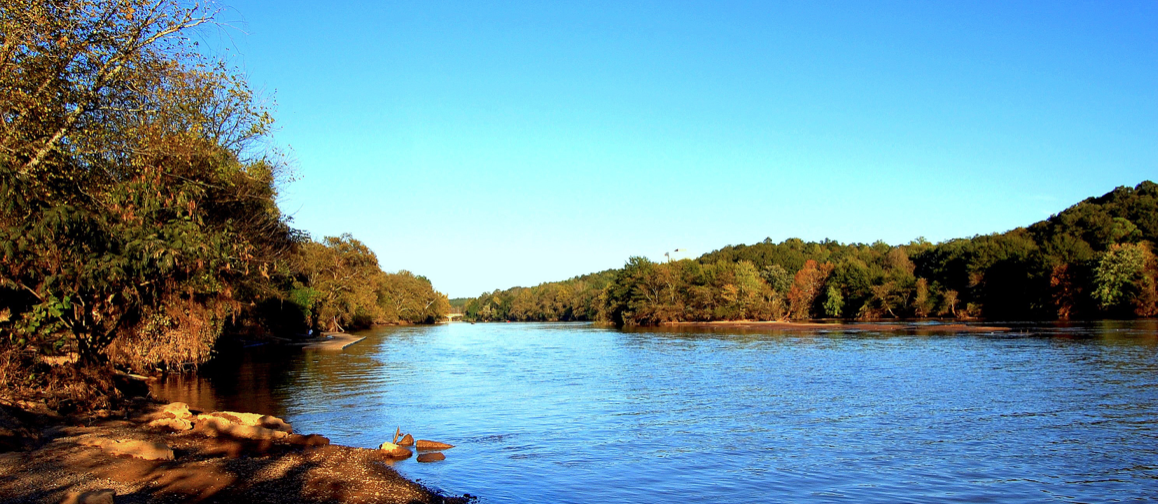
3. Great Falls on the Potomac, Virginia
Just outside our nation’s capital is a stretch of whitewater known as one of the deadliest whitewater rapids, and is therefore reserved for only the experienced paddlers. The Potomac River Gorge is a section of water with varying personalities throughout her 14-mile stretch of the Potomac River. The Great Falls section of the Potomac River Gorge is the most dangerous – and therefore, the most attractive to thrill-seekers looking to strong arm mother nature’s aquatic challenges. The danger lies in the places where the Potomac builds up speed and force as it spills through Mather Gorge, with several 20 foot waterfalls and a total 76-foot drop in elevation over a one-mile distance.

4. Piscataway, Maryland
Piscataway Park is located on the Atlantic Flyway, so as you enjoy your paddling trip, keep your eyes peeled for the beautiful types of birds that frequent the area. Anything from eagles and ospreys to warblers and jays can be spotted. This park offers a great creek great for meandering. It’s perfect for a relaxing day on the water, with plenty of opportunities to stop for a picnic and enjoy the scenic nature views.
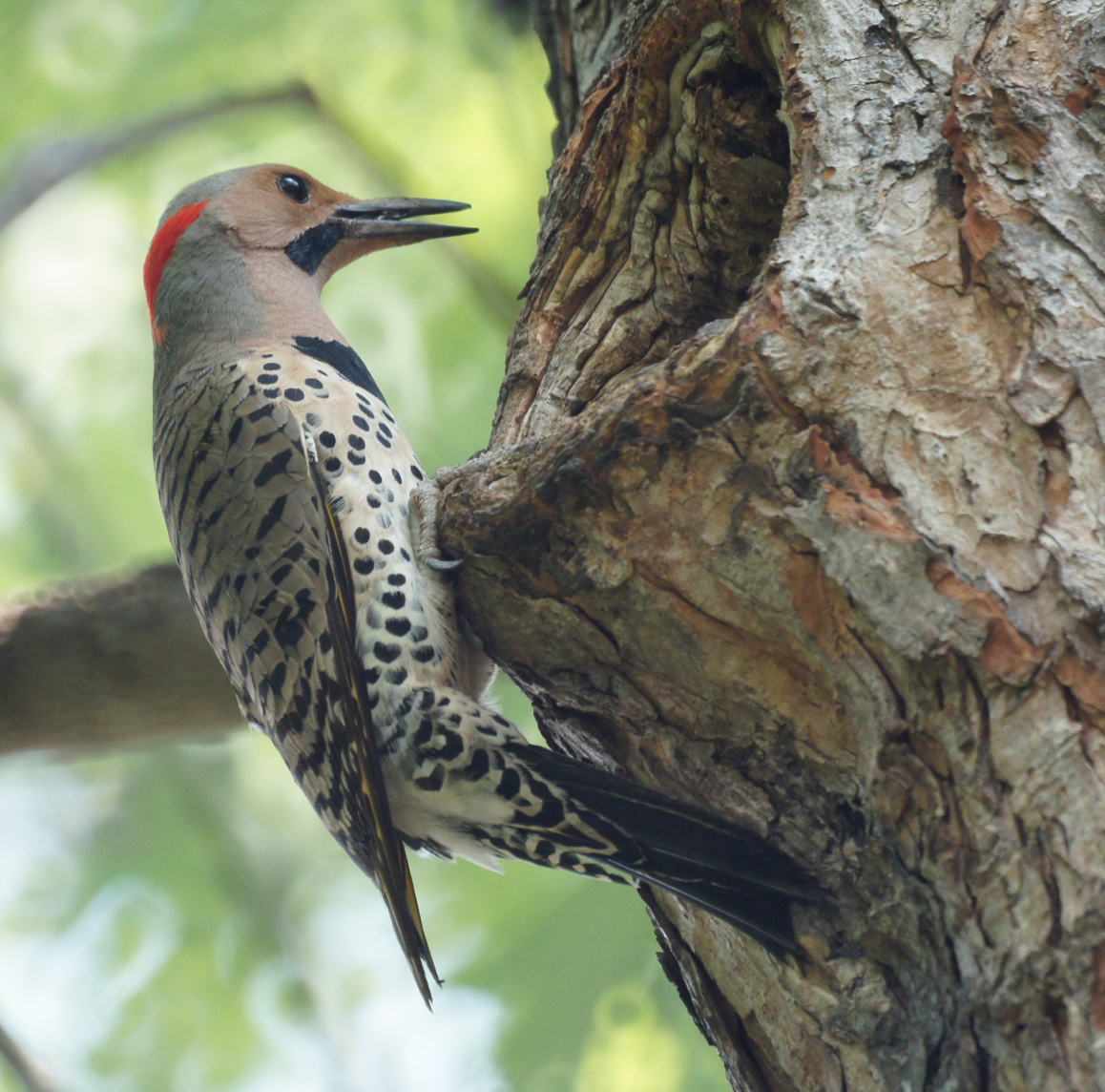
5. Captain John Smith Chesapeake, Virginia
The Captain John Smith Chesapeake is part of the National Historic Trail, an official trail launched in 2007 that follows the routes of Captain John Smith’s explorations by water. The entire trail includes approximately 3,000 miles in parts of Virginia, Maryland, Delaware, and D.C. James River Water Trail section is a popular pick, because the boating tour follows three loops: the Upper Oxbow Loop, which goes from Richmond to Hopewell and follows scenic oxbow bends full of beautiful forests and shorelines; the Cypress Loop, which goes from Hopewell to Jamestown, and is characterized by unique cypress trees, historic plantations and a wildlife refuge; and the Oyster Loop, which goes from Jamestown to the developed waterfront section of Newport News.
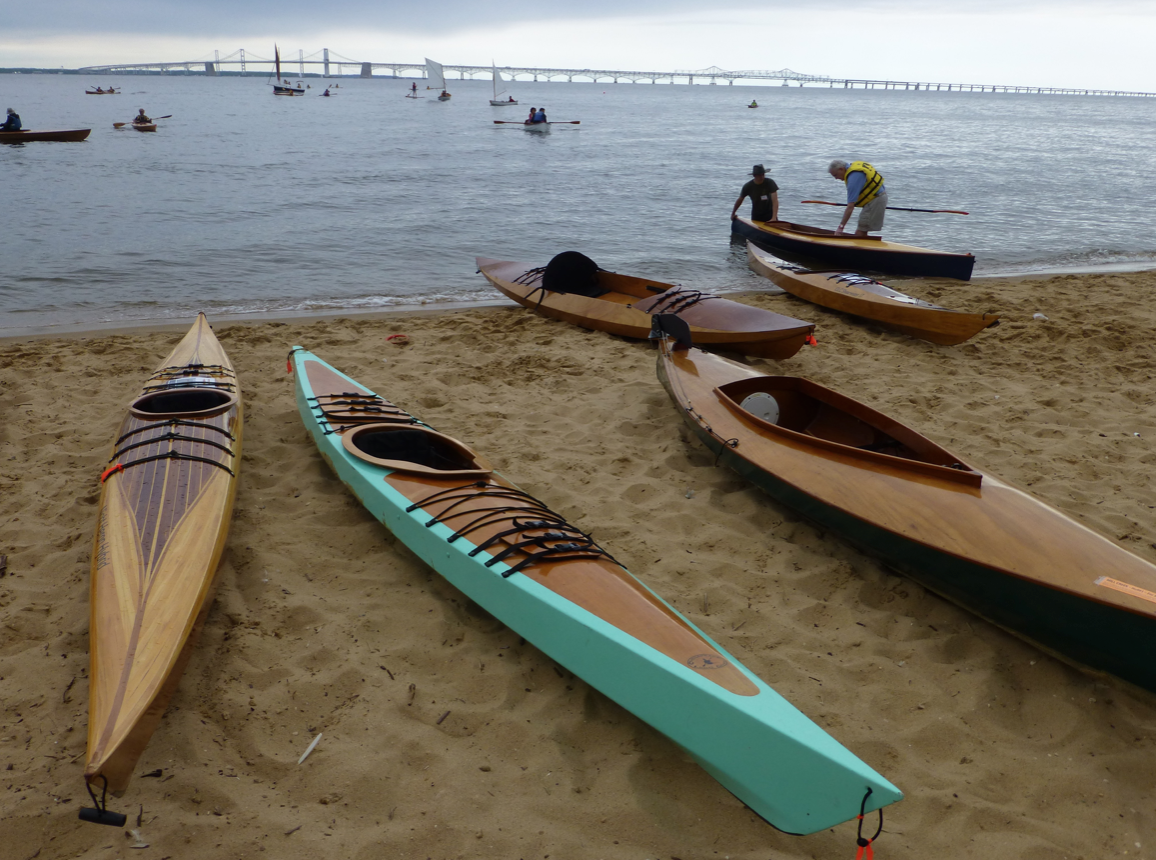
6. Congaree National Park, South Carolina
This national park is a gorgeous place to visit, loaded with old growth hardwoods that tower into the sky. Canoeing and kayaking along Cedar Creek is a favorite activity in the park, where smooth waterways pass through a primeval forest with some of the tallest trees in eastern North America. Wildlife is abundant here, with otters, deer, turtles, and various types of birds. The Cedar Creek Canoe Trail is a 15-mile water trail that starts at Bannister’s Bridge and continues to the Congaree River. This is the perfect creek for both beginner and experienced paddlers, providing an excellent relaxing day on the water, and a unique way to explore nature.
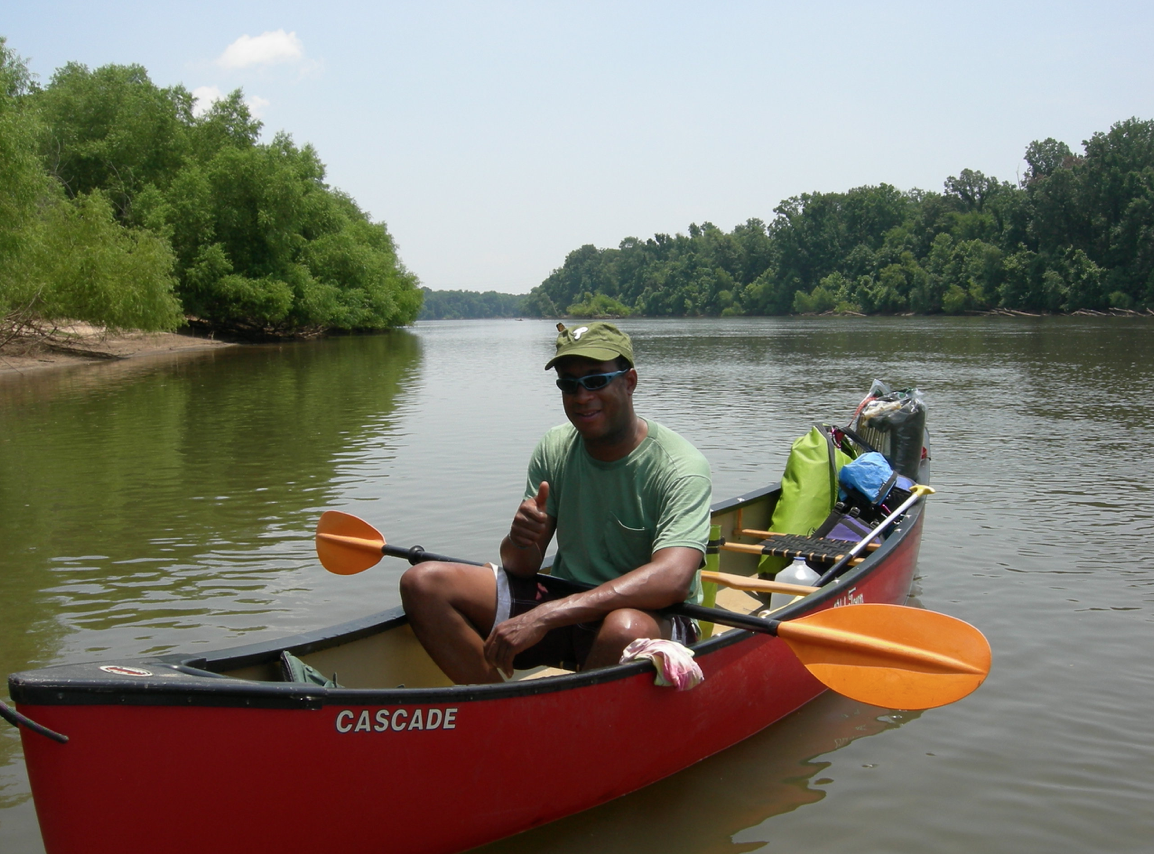
7. Gauley River National Recreation Area, West Virginia
Scenic gorges and valleys host 25 miles of adrenaline-blasting Gauley River and six miles of the Meadow River for an experience you’ll never forget. The Gauley River boasts several heart-pumping class V rapids, and is considered to be one of the most adventurous white water experiences in the east. Every September, kayakers flock to the Gauley as water is released from Summersville Dam. The river drops 668 feet over the course of 25 miles, with more than 100 rapids through forests of oak, beech, yellow poplar, hemlock and dogwood.
